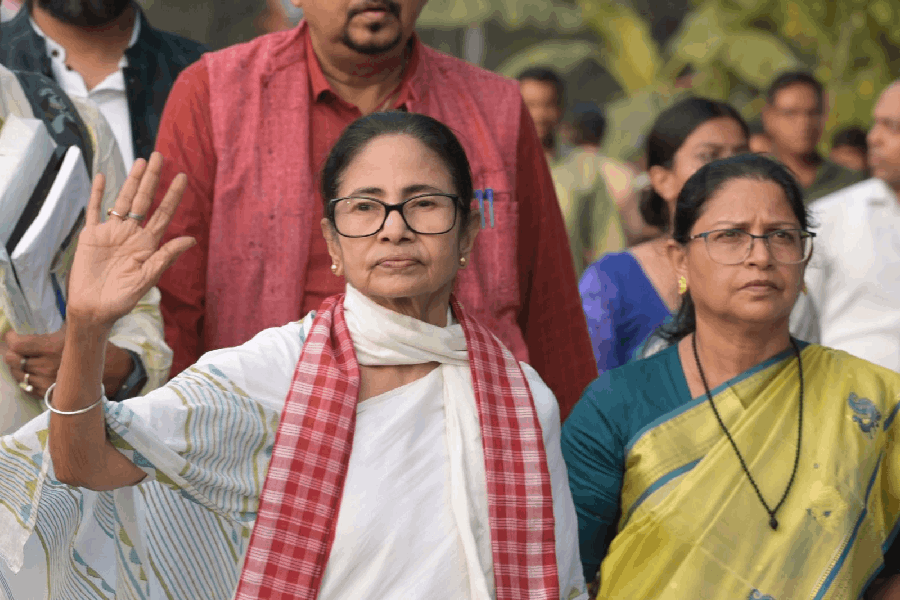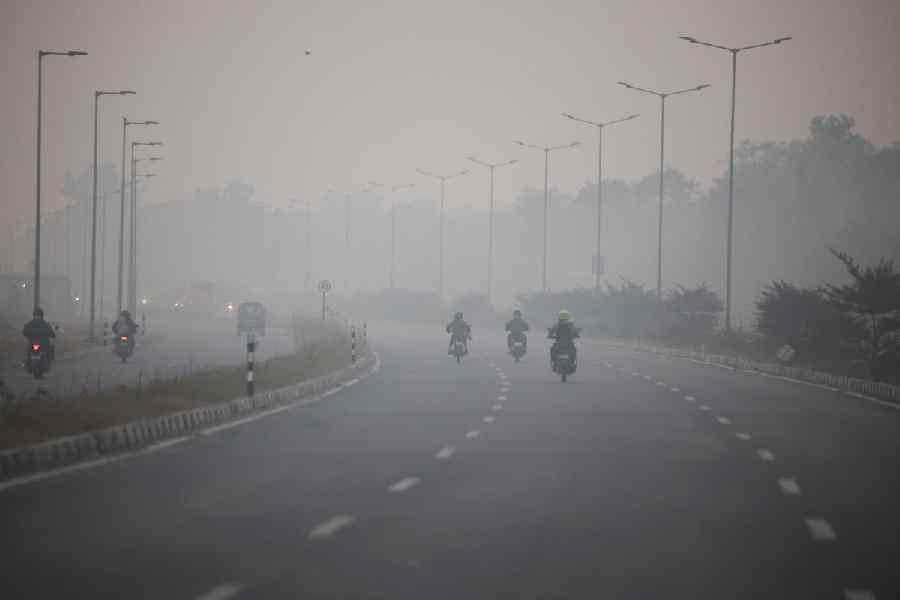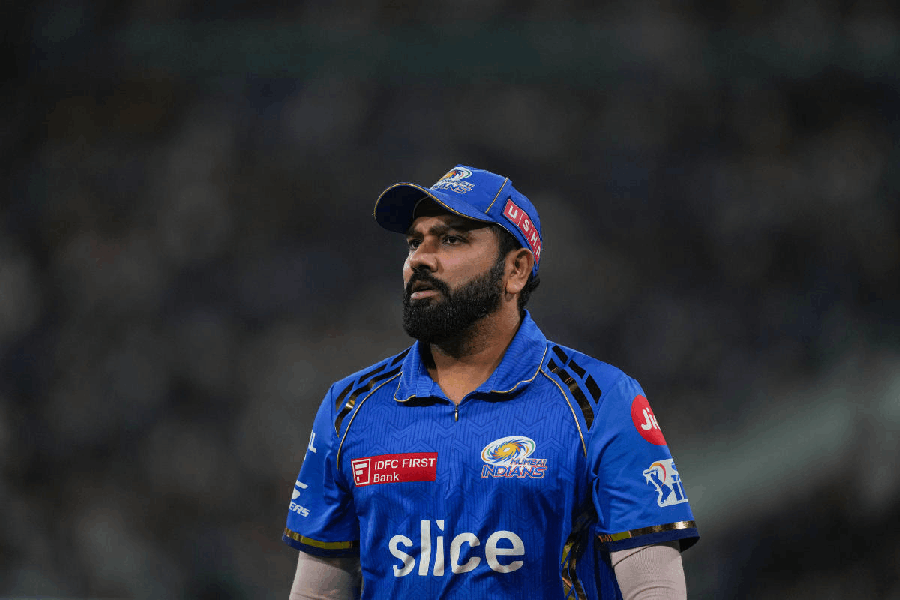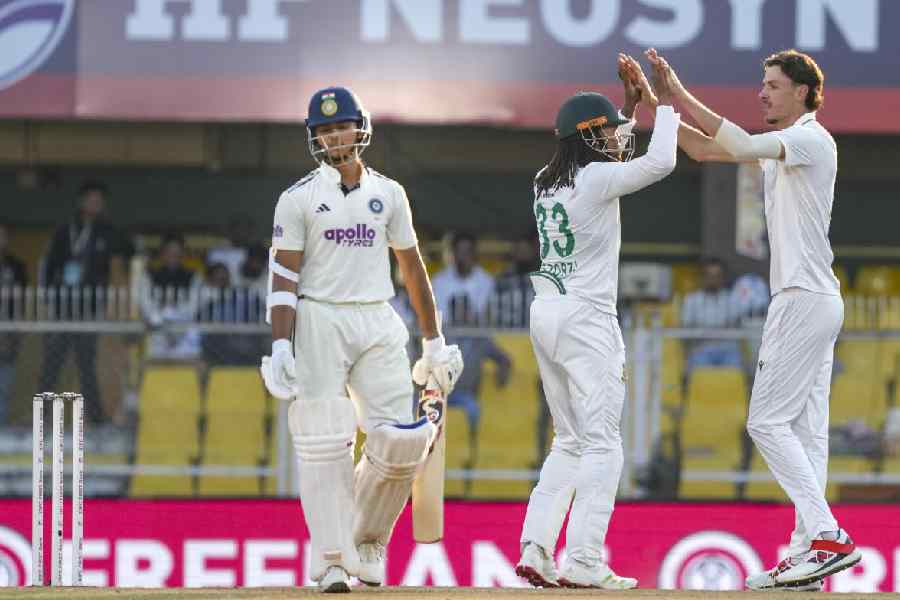 |
He is truly one of the living legends in the Indian classical dancescape. But at 69, Pandit Birju Maharaj confesses to having become rather weary — dancing as he has been all his life. Born into a family of celebrated Kathak dancers, Maharaj — a seventh generation member — upholds and continues the traditions of the famous Kalka-Bindadin gharana of Lucknow.
Besides being one of the most accomplished and acclaimed Kathak dancers in the world today, Maharaj is also a gifted singer and drummer. Yet above all things, Kathak remains his passion. And over the years he has given a new dimension to the dance form, experimenting with everything from bold and intellectual compositions based on traditional themes to contemporary works that are refreshing, crisp and entertaining.
If there’s any one person who can carry on the gharana’s long-standing association with the very best of Kathak, Maharaj feels, that his youngest son Deepak is a worthy successor. The Padma Vibhushan awardee and father of five feels that Deepak has a commitment to the dance form that will take him far. Both father and son live together in the same house, and 36-year-old Deepak spends hours practising each step and perfecting each nuance. At all other times Maharaj is ‘baba’, but when he dons the mantle of teacher, Deepak like every other student, addresses him as Maharajji.
Pandit Birju Maharaj:
When I teach Deepak, he is like my disciple. I treat him no differently from all my other students and sometimes, I even forget that he is my son. Of course, there are some compositions that are not meant for everyone. In that case, I teach him alone. I’m extremely particular about Deepak understanding the various nuances of the dance and being able to grasp the correct facial expressions. So, I have to draw the line between being his father and showing him the way as his teacher.
Deepak always had it in him to be a dancer — something that I noticed way back when he was a mere five-year-old child. I remember an occasion when he was playing a dholak, tapping his little fingers against the instrument. It was a random beat, but strangely enough, there was rhythm in the sound. After that, I gradually initiated him into the art of Kathak and he’s been learning ever since.
I have five children and all of them have been taught classical dance. But Deepak, I would say, is the most dedicated of the lot. Even as a child, he wouldn’t think twice of taking on the daunting role of Krishna in a group performance. Naturally, he has now graduated to doing more solo performances. I have performed with him all over the world. But don’t ask me to recall the places — all that I remember is the stage and the lights.
Am I a strict teacher? I don’t think so. When I was a child learning Kathak, my mother would often tell my father to teach me all the facial expressions. And this, my father would do in his own calm way — encouraging me to grasp the correct expressions that are so essential to our dance form. This is something I tried to follow even with Deepak. When I learnt dancing, nobody shouted at me. So, I never shouted at my son or my other students. I believe in teaching with a smile.
As a dancer, Deepak has very good rhythm. His footwork is strong and swift. And he can create and convey moods and emotions on the spot. I know he will ably continue the legacy and traditions of our gharana.
Deepak:
It’s difficult to say when and how I learnt to dance. For as long as I remember, I was always surrounded by music and dance. I have vivid memories of my father composing and choreographing pieces, and of his students running around the house. Naturally, I was enthralled growing up in such an environment and so, I began to learn dancing too. My first performance in school was at the age of seven. Ten years later, I accompanied my father at my very first overseas performance in Singapore.
As a child, like most boys my age, I was crazy about cricket. One day, while playing with my friends, the ball hit my head and I got hurt. It was so painful that I began to question myself — was I doing the right thing? Around the same time, I performed at a musical show. Afterward, when the audience rose and applauded my dancing, I realised just how delightful it was to be on stage. That instant connection which I made with the audience that day made me change my mind regarding the game of cricket. I gave up playing entirely and concentrated all my energies on dance.
Now my father has been the only guru that I have ever known. There are two sides of him that I relate to. At home, he is my father — a man who has never spoilt me yet always provided me with whatever I need. But once he stands in front of me as a teacher, he becomes my Maharajji. My father is at heart, a very simple man. He never complains about what life throws his way. Rarely does he get excited about things. He always manages to remain calm and composed and as an artiste, he has taught me to do the same. Even if he is angry, he does not show it. Yet his eyes speak volumes.
While being son of Pandit Birju Maharaj has its advantages, it also brings with it the pressure to perform. Audience expectations are always sky high and comparisons with my father are something that I have to learn to live with. Now even though I have learnt the dance form under his guidance, I know I can never match his style. After all, every individual has his or her own style, body constitution and technique. So, it’s really not fair to be compared. But more challenging is the fact that I have the responsibility of carrying forth the traditions of our gharana. That to me, is the real challenge!











